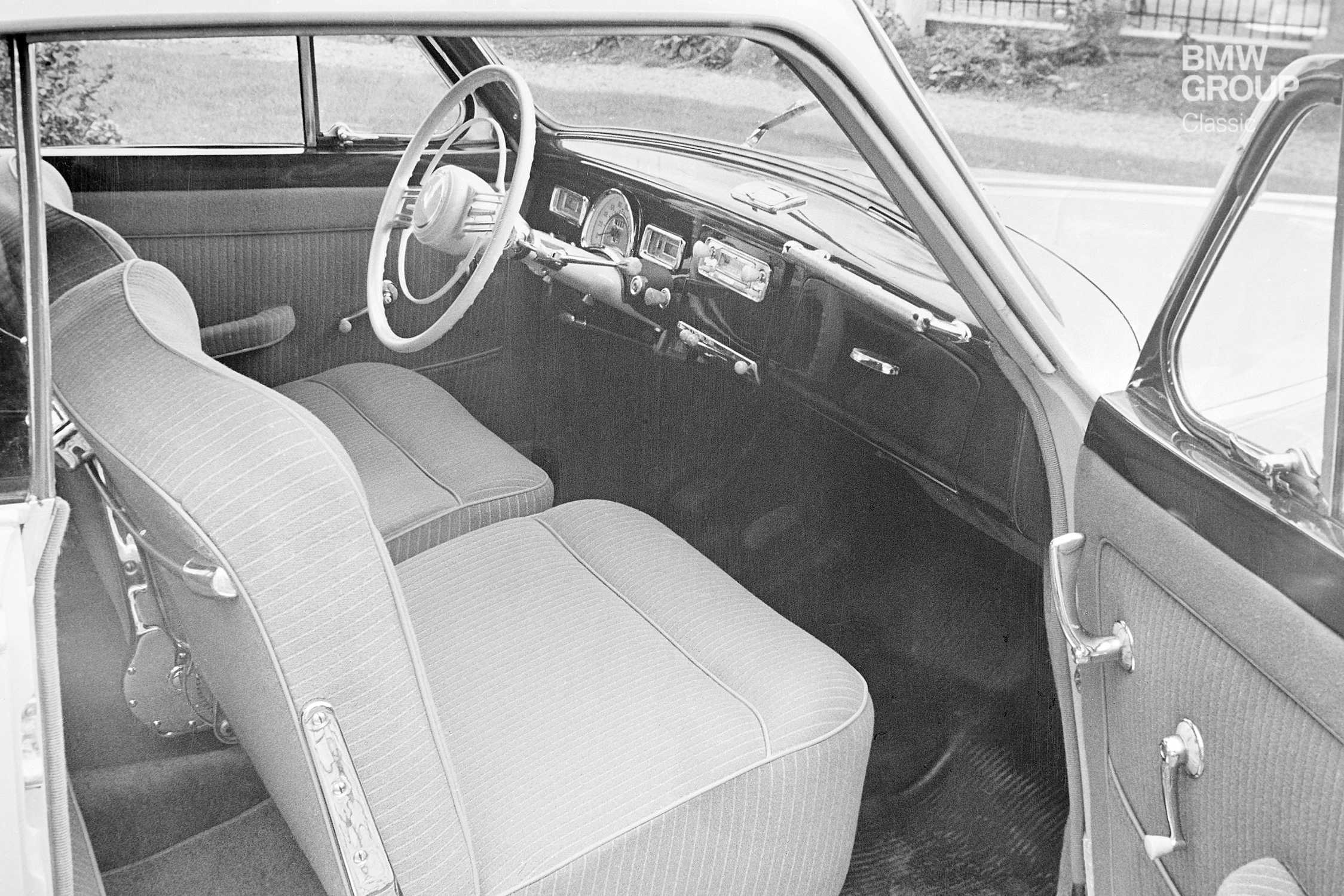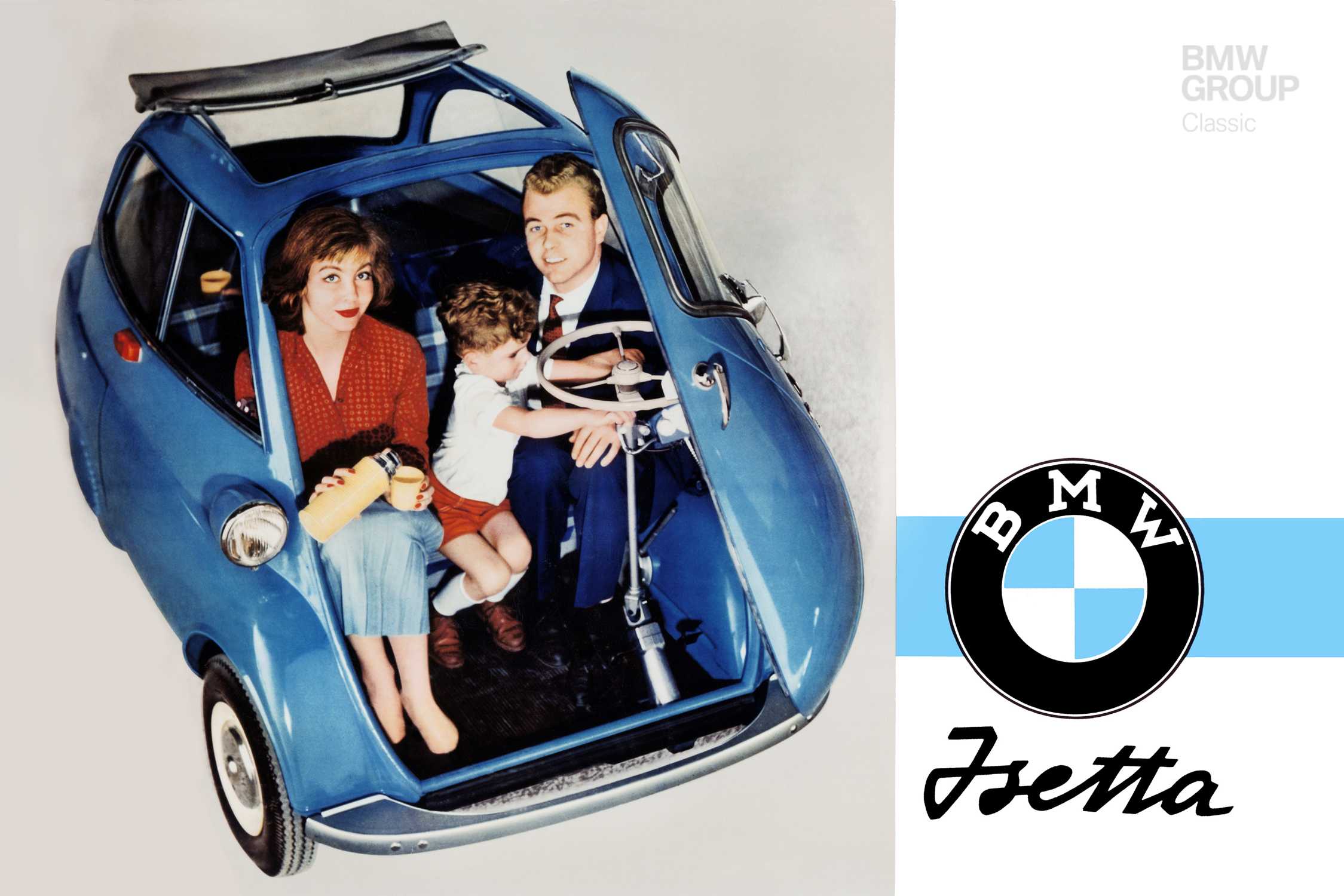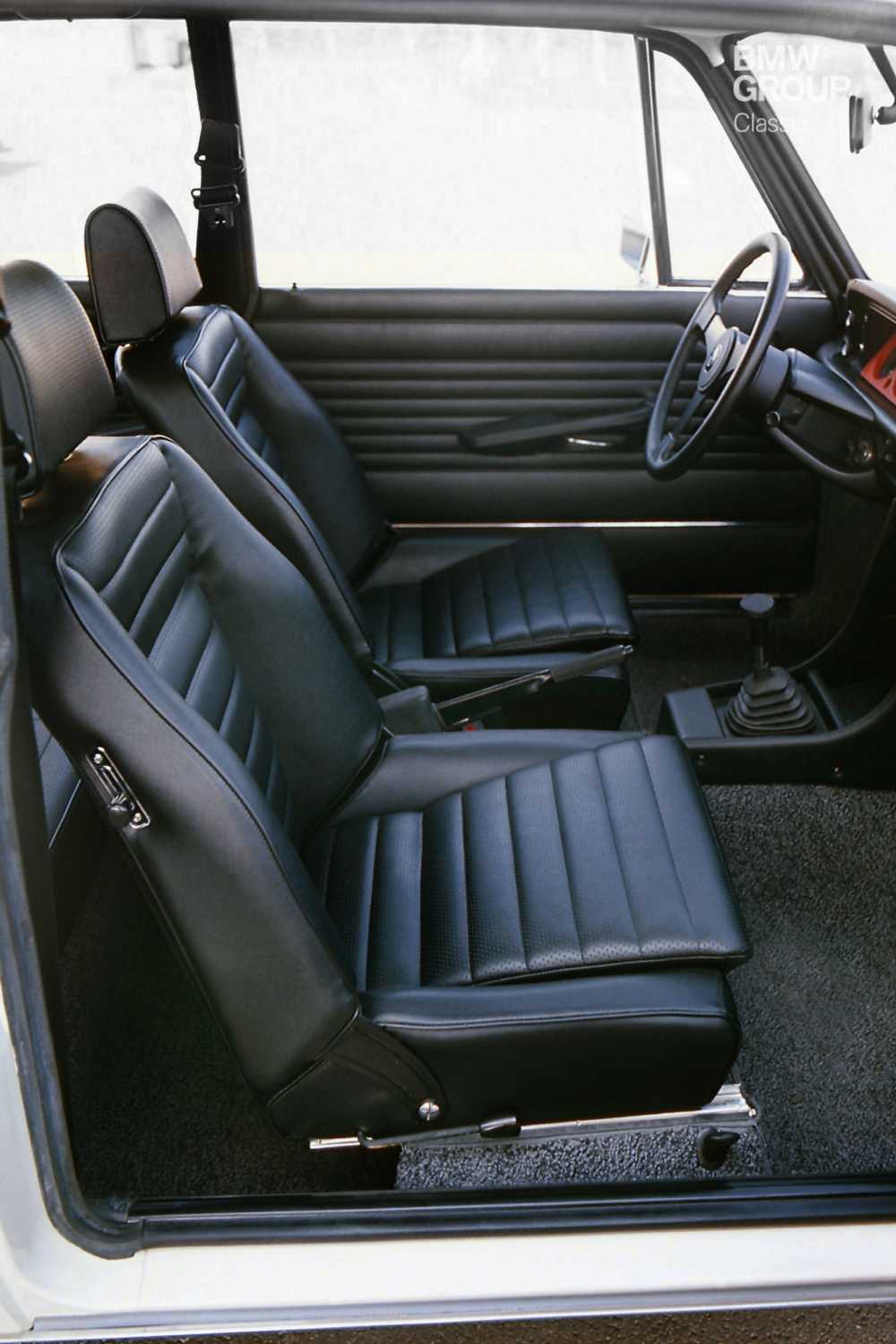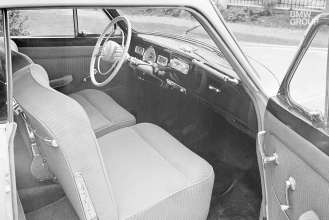Having a mighty engine and a sweet chassis isn’t half as much fun without the seats to back them up. After all, it’s impossible to drive to the best of your ability if your backside keeps sliding around in corners. Sports seats soon arrived on the scene to remedy this problem, and remain an easy retrofit option today.
The post-war years got off to a modest start in the automotive world. 20 or 30 hp was more than enough for car drivers, with the memories of the bad times keeping more ambitious demands in check. Seating comfort wasn’t important; what mattered was just being able to drive. Life was particularly difficult in small cars, whose lack of interior space meant their occupants were forced to squat on something akin to a camping chair or, even worse, a stool. The vast majority of large cars, on the other hand, initially went for an expansive lounge style, i.e. wide, soft and very flat. To make matters worse, many of the roads were still in a bad state, consisting as they did of a patchwork of crooked cobblestones and arbitrary splashes of tar. While the passengers were being vigorously jiggled up and down in rhythm to the road’s surface, the rigid seat backrests quickly plucked shirts out of trousers and blouses out of skirts.
Sit well, drive well.
Things began to change in the 1960s, with engine power rapidly increasing and new roads with sweeping bends springing up here and there. This led to drivers desperately looking for something to grab hold of as their vehicles darted along like never before. They usually plumped for the worst option of all – the steering wheel, a wholly useless means of support as it needed to be turned in one direction while centrifugal forces tugged the driver in the other.
Racing and rally drivers were the first to search for solutions. The upshot was a seat that offered the best of both worlds by providing the requisite lateral support along with impressive comfort. Driver and passenger seats frequently differed from one another, with a more pronounced bucket form for the driver to maximise feedback on handling, and a greater degree of comfort and backrest adjustment for the co-driver. It was manna from heaven for accessory manufacturers.
Scheel and Recaro moved quickly to develop seat models catering to all sorts of requirements, and thus became well-known names more than fifty years ago. Customers were now able to order special seats as an option when buying their new car or have them retrofitted by a dealer. The fact they have been around for so long means that sports seats continue to hold tremendous appeal for drivers of classic models, allowing cars to retain all the flair of their era while adorning sporty machines such as the legendary “ti” models to perfection. Sports seats essentially have the same effect as leather steering wheels or wide tyres, in that they inject the car with an extra special touch.
Retrofitting.
Sports seats must of course comply with licensing regulations, meaning the backrest need to be adjustable by at least 15 degrees. Even the most distinctly contoured bucket seats meet this requirement, although it does rule out the sort of rigid plastic bucket seats that used to appear in classified ads. Seat backrests that fold forward are a must for two-door models if the rear seats are to remain accessible, although this problem can also be solved with the help of a tilting seat base. The coveted “H” registration that classic car owners in Germany can apply for stipulates its own rules for seats. Old road test reports with pictures can help prove that modified vehicles remain true to the original, although the task becomes more difficult in the case of colours or striped designs if the car dates from a different era altogether.
Old sports seats have long since been sought-after curiosities, but they are by no means rarities. Prices vary enormously: quite apart from the seat condition, certain models are in higher demand than others. It’s a question of deciding what you want and how much you are prepared to pay for it. The seat’s width and size could pose a problem though, so it is better to carefully check the measurements first.
Any automotive upholsterer can recondition an old seat, while the right materials for a wide variety of seats and models can be sourced from the BMW Group Classic parts portfolio, for instance. Needless to say, high-quality workmanship does not come cheap. There is, however, also a wide choice of new sports seats in retro designs that resemble racing or comfort-focused models from the past. Prices start at just €300, excluding the seat base.
Verdict.
Anyone who enjoys taking their sporty BMW on longer or faster drives or a combination of the two can further heighten the sense of driving pleasure with sports seats. As no permanent modifications have to be made to the vehicle itself, it can be restored to its original state at any time. But BEFORE buying, it is essential that you confirm whether the seat you want actually meets licensing requirements, and clarify what the situation is with regard to retaining the “H” classic car registration, should you have one. A great many things are possible, but there are still limits.



